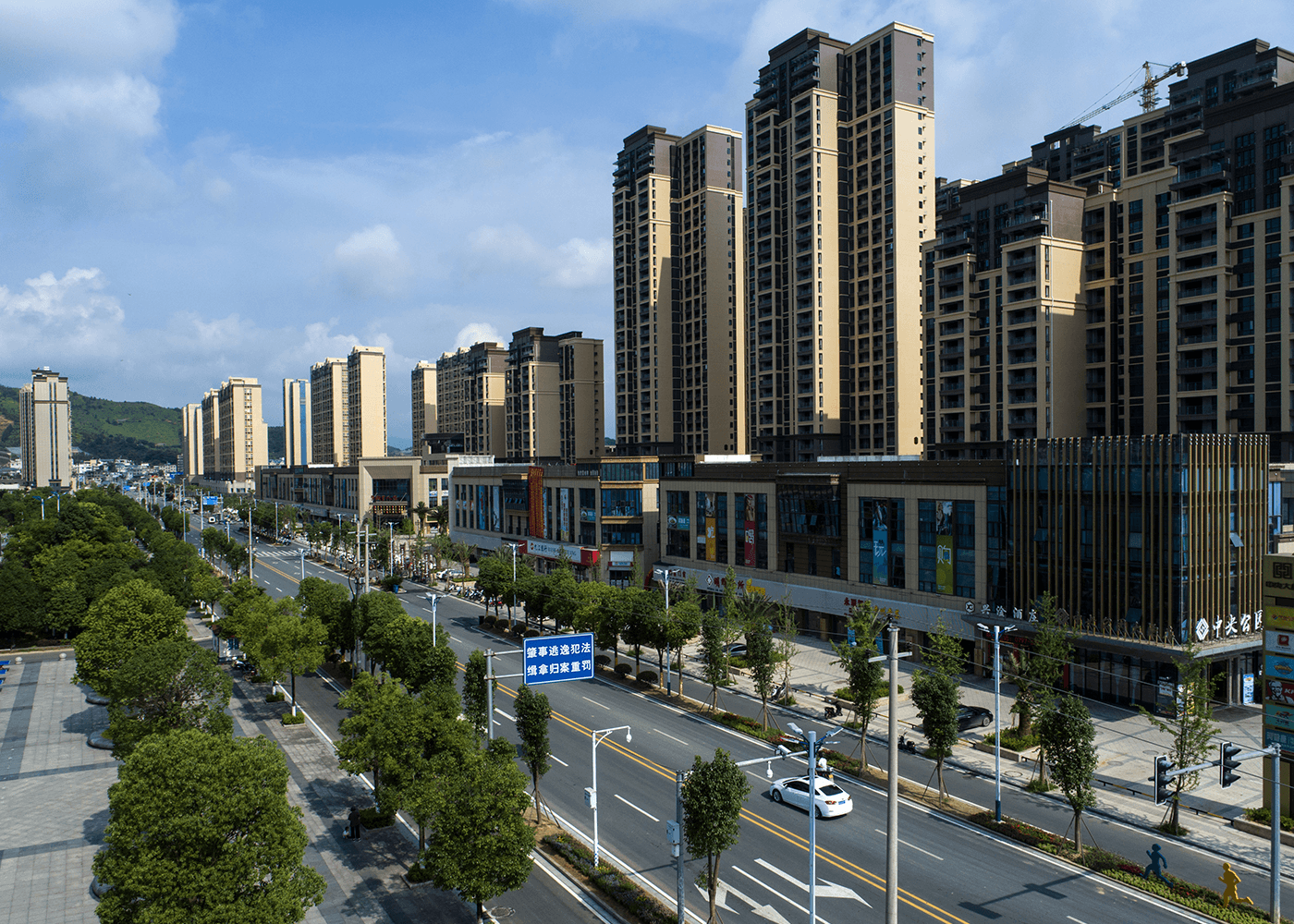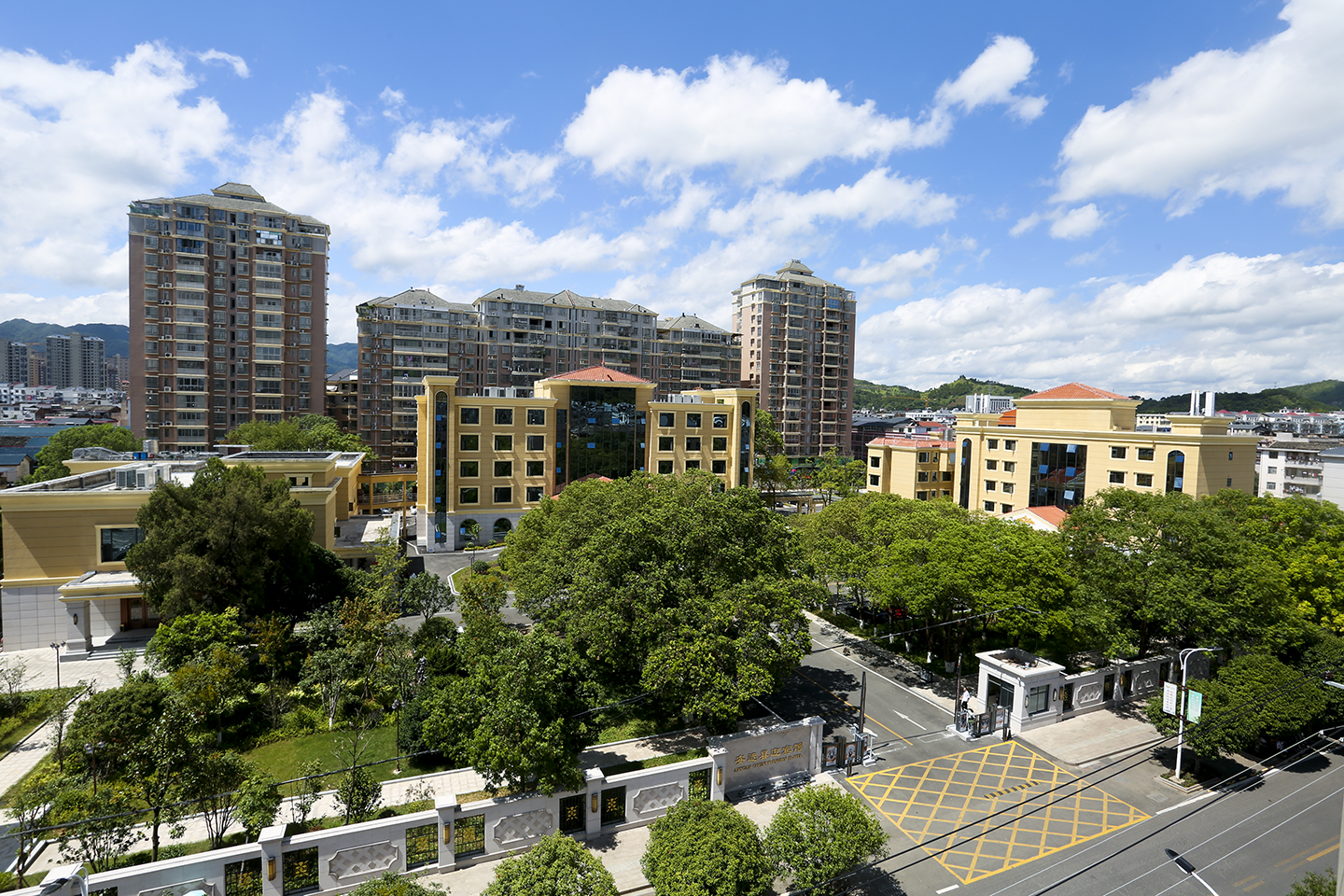
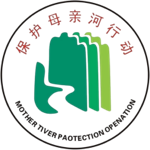
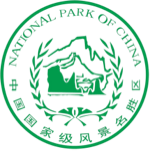
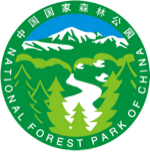
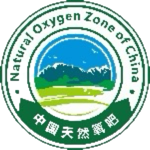
[location]
Anyuan County is located in the south of Jiangxi Province, with geographical coordinates of 24 ° 52 ′ 18 ″ ~ 25 ° 36 ′ 52 ″ N and 115 ° 9 ′ 52 ″ ~ 115 ° 37 ′ 13 ″ E. It is adjacent to Huichang and Xunwu counties in the East, Dingnan County in the south, Xinfeng County in the West and Du and Gan counties in the north. It is 48.8 kilometers wide from east to west and 84.6 kilometers long from north to south. In 2015, the county's land area was 2374.59 square kilometers, accounting for 6% of Ganzhou City and 1.4% of Jiangxi Province. Anyuan County People's government is located in Xinshan Town, 172 kilometers away from Ganzhou City and 586 kilometers away from the provincial capital Nanchang city.

[evolution]
Anyuan County has a long history. Anyuan is also called lianjiang because of the clear water of Lianjiang River. According to records, before its establishment, Anyuan County was the land of Yugong Yangzhou in Yuxia period. It belonged to Wu in the spring and Autumn period, Chu in the Warring States period, Jiujiang County in Qin Dynasty and Yudu County in Yuzhang County in Han Dynasty. In 544 ad (the 10th year of Liang Datong in the Southern Dynasty), Anyuan County was established, belonging to Nankang county. The county name is derived from Anyuan water and has been used all the time. After the establishment of the county, it has been analyzed for several times and changed to belong to. Anyuan County was resettled in 1310 ad (the third year of the reign of the Yuan Dynasty to the third year of the University), belonging to Ganzhou Road, which has not been abandoned since then.
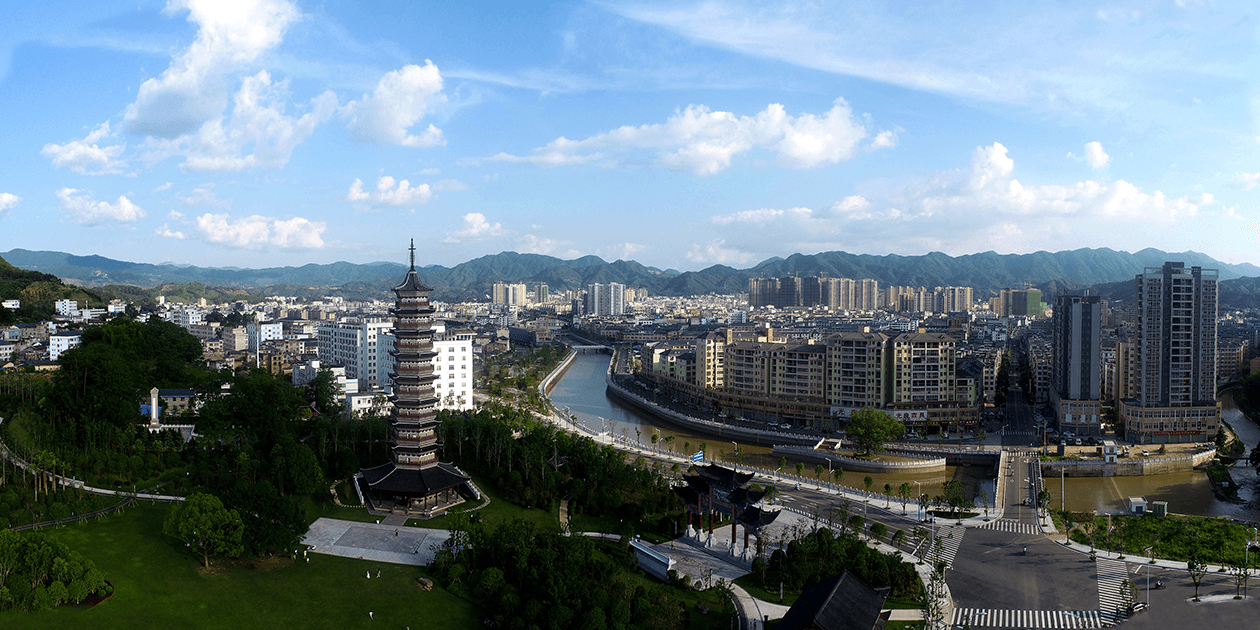
[featured business card]
Anyuan is a millennium ancient county. It has a long history. Founded in 1471, the county has 18 townships, covering an area of 2375 square kilometers and a total population of about 400000. Anyuan is the birthplace of Gannan Tea Picking Opera, the national intangible cultural heritage, the fifth in China and the first "hometown of Chinese couplets" in Jiangxi. There are many cultural relics and historic sites in Anyuan. The most famous are the Wuwei temple tower with a history of more than 1000 years, the dongshengwei, the largest Hakka square enclosure in China, and the Yongzhen corridor bridge with a history of more than 360 years.
Anyuan is a famous cultural county. Profound and unique. Anyuan is the "hometown of Chinese Tea Picking Opera Art", the birthplace of Gannan Tea Picking Opera, the national intangible cultural heritage, and the fifth in China and the first "hometown of Chinese couplets" in Jiangxi. Anyuan is a place where Hakka people live together, and Hakka culture has a long history. There are many cultural relics and historic sites in Anyuan. The most famous ones are the Wuwei temple tower built in the fourth year of Shaosheng of the Song Dynasty (1097), the dongshengwei, the largest Hakka square enclosure in southern Jiangxi built in the 22nd year of Daoguang of the Qing Dynasty (1842), and the Yongzhen corridor bridge built in the 9th year of Shunzhi of the Qing Dynasty (1652). They are all key national cultural relics protection units.
Anyuan is a major tourist county. The scenery is beautiful and pleasant. The 300 mountains in the territory are the source of drinking water Dongjiang River in Hong Kong and Shenzhen. It is a National Forest Park, national scenic spot and national 5A scenic spot. The air is fresh and the content of negative ions per cubic centimeter is as high as 100000 units. It is a pure natural green oxygen bar and the only tourist attraction in China that has the significance of thinking about the source of drinking water for Hong Kong compatriots. The county is rich in rural tourism, hot spring tourism, red tourism and other resources, with unique charm.
Anyuan is an ecologically strong county. Beautiful mountains and rivers, green home. The forest coverage rate of the whole county is 84.3%, which is four times the national average level and 20 percentage points higher than the provincial average level. The orchard area of the whole county is 300000 mu, including 260000 mu of ecological navel orange garden, with fruitful ecological industry. The county has a pleasant climate and fresh air. The surface water in the county is naturally weak alkaline. It is a natural treasure land for leisure and health preservation.
Anyuan is Quanhong County in the Soviet area. Glorious tradition will always inspire future generations. Anyuan is an important turning point in the history of people's army construction, an important forward position in the anti "encirclement and suppression" struggle in the Central Soviet Area, and an important birthplace of the Soviet spirit. During the Soviet period, Anyuan was a county part of the central county Party committee of Hui (Chang) Xun (Wu) an (yuan). On October 22, 1927, Zhu De and Chen Yi led the rest of the Nanchang Uprising army to carry out "Tianxin rectification" in Tianxin Wei, which is the beginning of the famous "four rectification in southern Jiangxi", an important turning point from defeat to victory, and one of the sources of the people's army's army building thought. According to the statistics of Jiangxi provincial Party committee of the Communist Party of China in 1932, 12618 of the 100100 people in Anyuan County participated in the Red Army and 12052 supported the front. On average, one in every eight people participated in the Red Army. 2136 martyrs with names and surnames made indelible contributions to the victory of the revolution.
